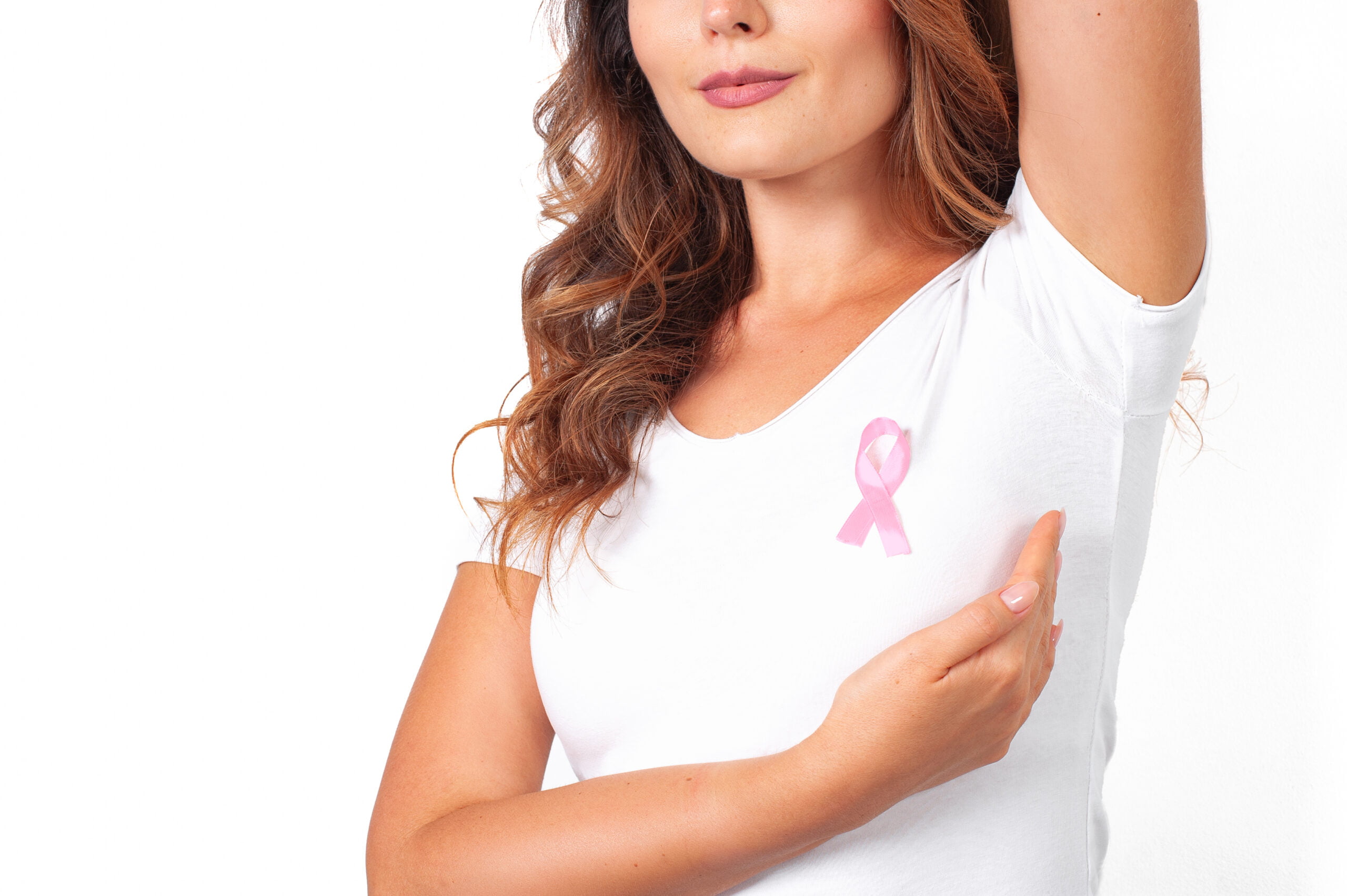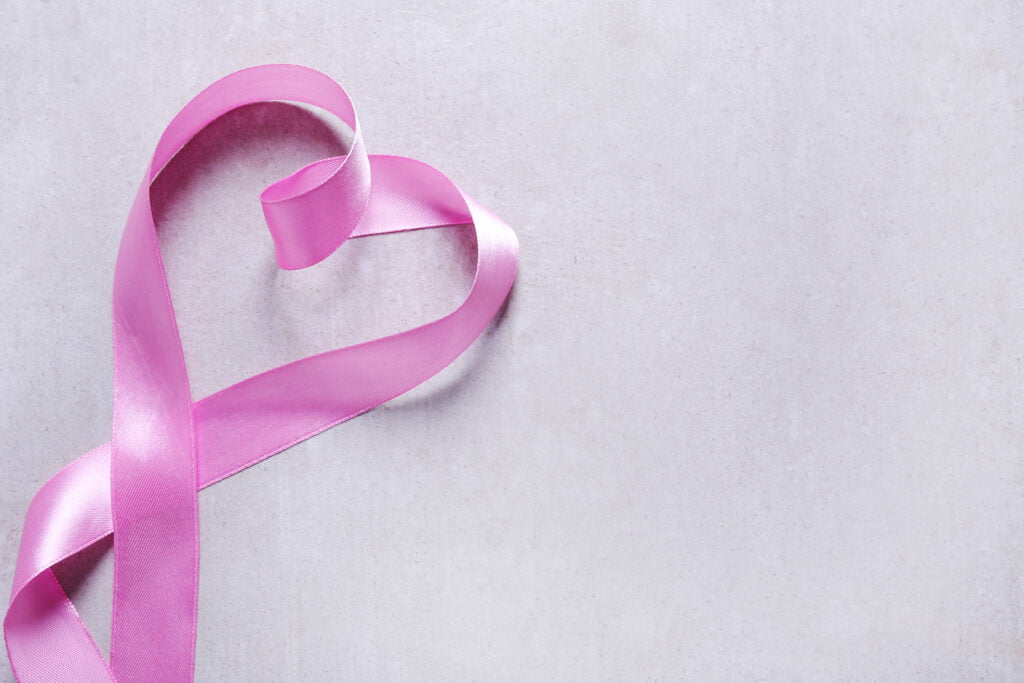Treatment Modalities
Treatment depends on the type and stage of breast cancer. Common treatments include:
- Surgery: Lumpectomy (removal of the tumor) or mastectomy (removal of the breast).
- Chemotherapy: Uses drugs to destroy cancer cells.
- Radiation Therapy: High-energy rays to target and destroy cancer cells.
- Hormonal Therapy: For hormone receptor-positive cancers to block hormones that fuel growth.
- Targeted Therapy: For HER2-positive cancer, drugs that specifically target HER2 proteins.
Coping With Treatment
Breast cancer treatment can be physically and emotionally taxing. Strategies for coping include:
- Support networks: Joining support groups or seeking therapy.
- Physical care: Maintaining a healthy diet, staying hydrated, and light exercise to improve recovery.
- Stress management: Mindfulness, yoga, or relaxation techniques can help manage anxiety.








